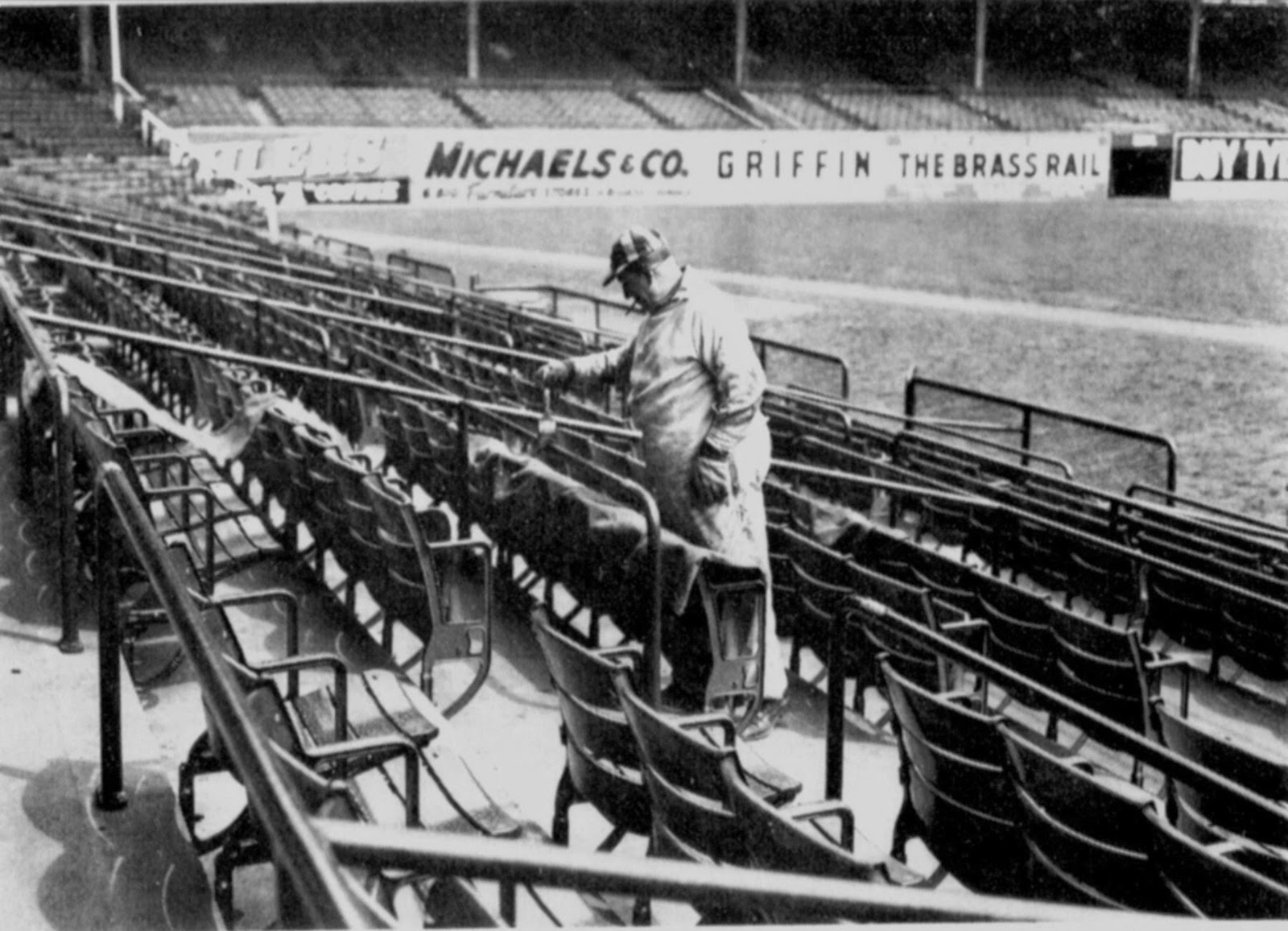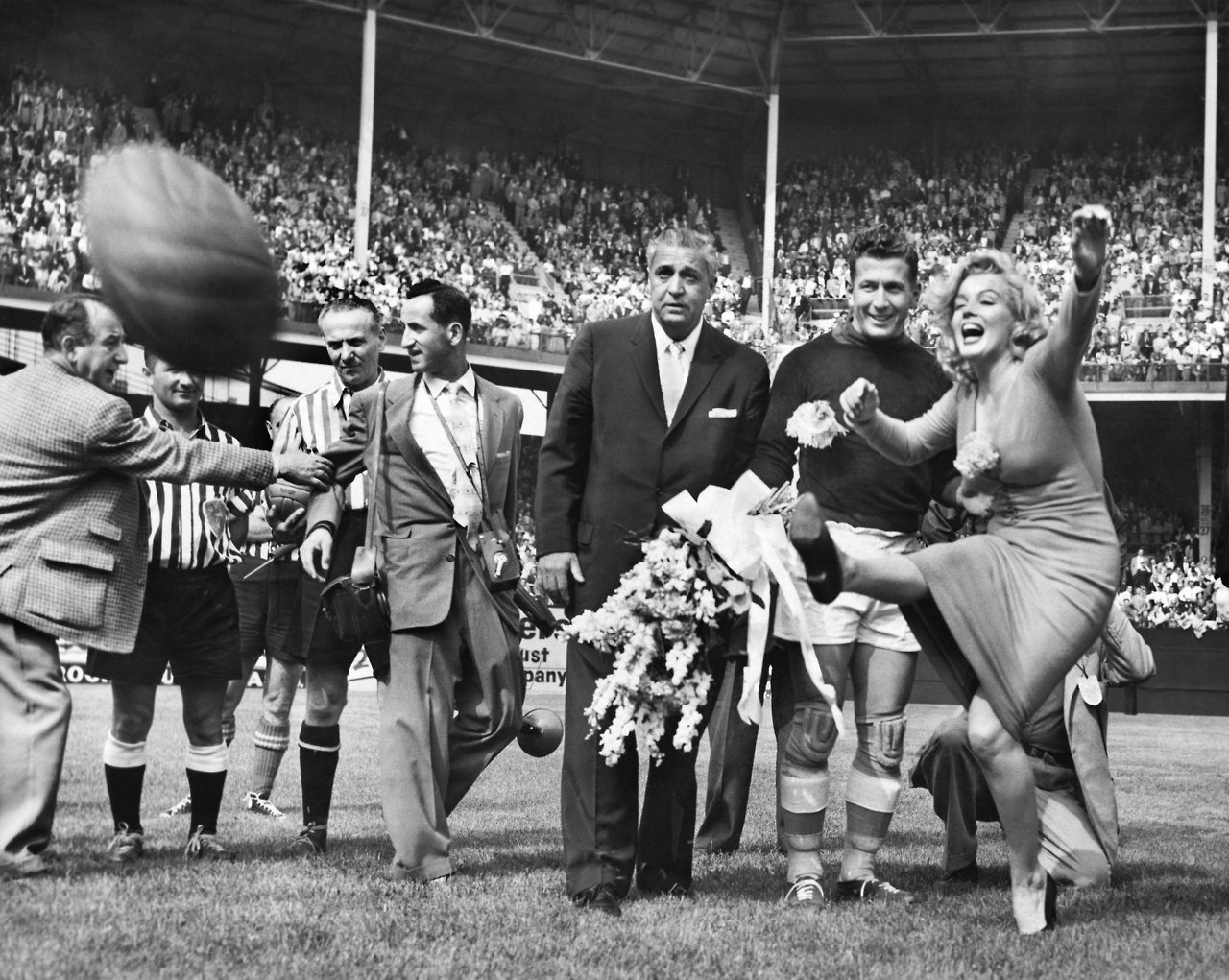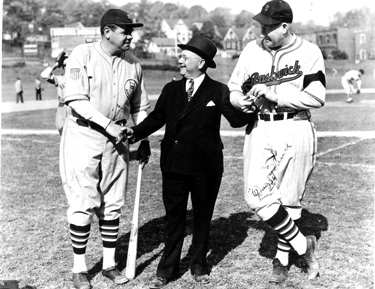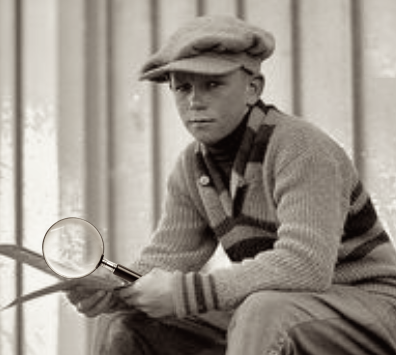2jakes
I'll Lock Up
- Messages
- 9,680
- Location
- Alamo Heights ☀️ Texas
Cool info - some I knew, a lot I didn't. That said, what surprises me about the above ads / offers is not that credit was being extended, but that it seemed to be all but setting the company up to be cheated. Even in the '20s, there was decent documentation around car and housing and even furniture loans based on what I've read (and active repossession when the buyers fell behind on their payments), but I can't image a company sending a pair of $14 boots out to somebody ten states away because they sent in a dollar, a name and an address. Considering the cost of travel, communication, etc., back then, if they were cheated, it would be prohibitively expensive to try to repossess a $14 pair of boots.
I agree.
All I can think is that there was a different mentality with the companies & the customers
back then.







